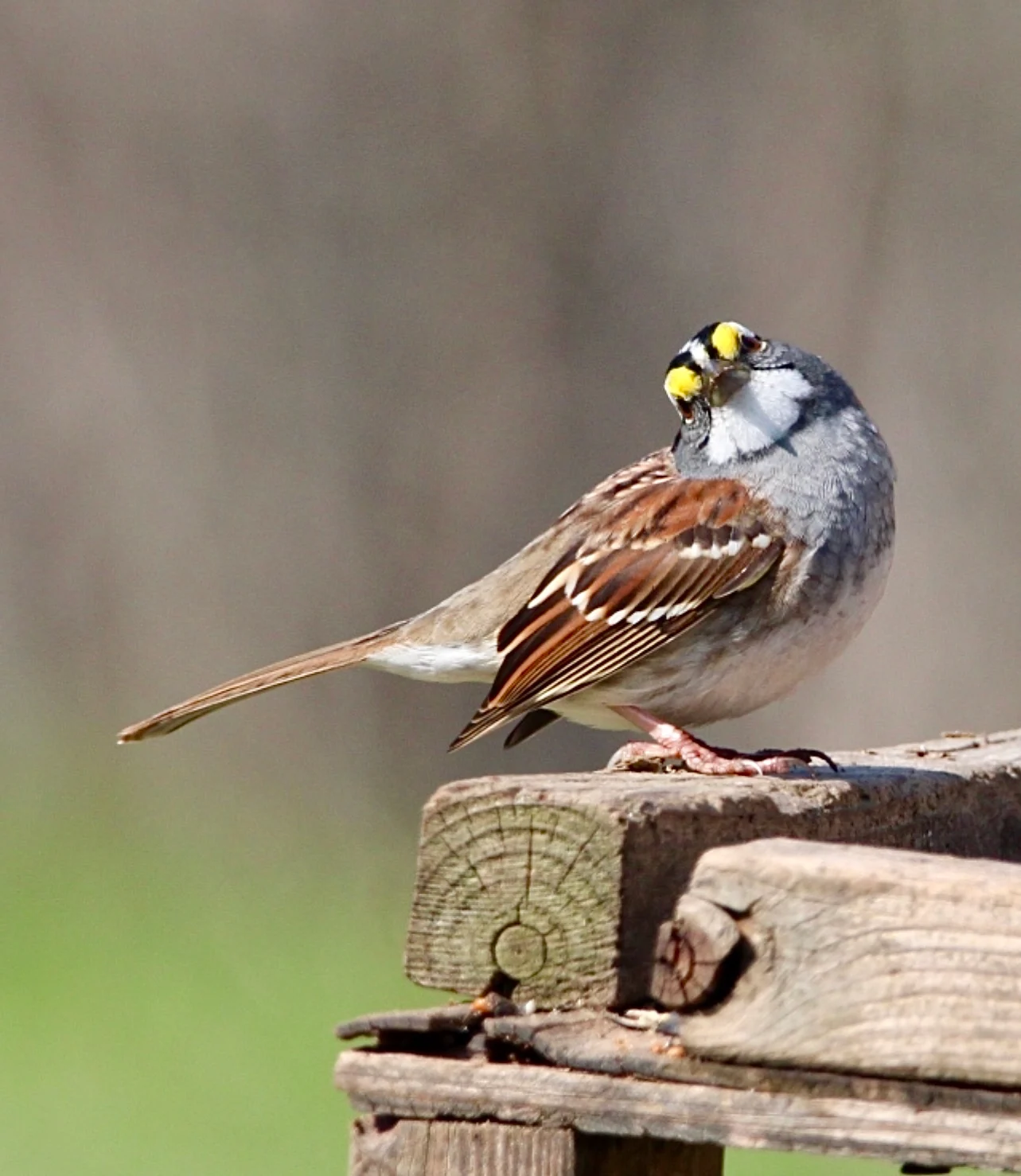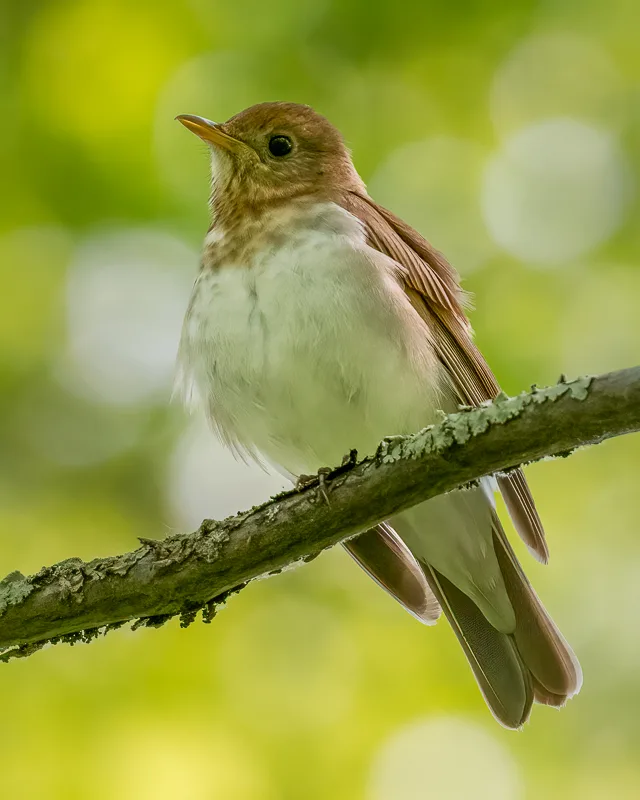
The birds and the breeze: Looking to birds to observe the weather
No barometer? No worries; birds have got you covered!
Have you ever wanted to try to predict the weather on your own? Well, just look up to the sky and see those fluffy condensed masses up there pass you by gracefully. Now that you’ve done that, go find a bird flying by or perched somewhere.
That’s right—look to the birds, and maybe you could see what your meteorological future holds for you.
But birds don’t go to bird universities to get degrees in meteorology, so how can they be able to predict the weather? Let’s discuss.
Flying into old wives’ tales
We’ve all heard various old wives’ tales to help us predict what the weather will be like, such as ‘Red sky at night, sailors delight. Red sky in the morning, sailors give warning.’ And there are also many tales out there that relate to – you guessed it – birds, such as ‘If birds fly low, expect rain and a blow.'
Birds exist in pretty much every ecosystem, so it’s no wonder people have looked to them throughout history to glean the forecast. And the tales or proverbs you hear about them may be different regionally.
RELATED: Common weather lores employed in forecasting what's to come
Today, birds are the subject of lots of behavioural research due to how common, widespread, and diverse they are. And from this research, we can tell how much credence these old proverbs carry.
Birds under pressure
One of the major drivers of weather around the world is atmospheric pressure. Low-pressure systems drive poorer weather conditions, while high-pressure systems often bring pleasant weather conditions.
Birds can actually detect the pressure beginning to change when inclement weather is approaching. One study found that as the pressure began to decrease, white-throated sparrows would begin to increase their foraging efforts. Researchers aren’t completely sure how birds are able to sense the pressure changing, but they postulate that it might have something to do with hormones or their internal ears.

White-throated sparrows (such as the one pictured above) will increase their foraging when the pressure starts to drop. (Cindy Broderick/Submitted)
SEE ALSO: Painting wind turbine blades black can reduce bird deaths by 70 per cent
But air pressure can also affect more than just foraging habits.
"Birds respond mostly to barometric pressure because it is harder to fly in low-pressure systems than in high-pressure systems," says Dr. Robert Ledgerer, an ornithologist and emeritus Professor of Biological Sciences at California State University. "When the pressure is high, the air is denser, and the birds’ wings have something to press against. Conversely, in lower air pressure systems, there are fewer molecules of air to press against, so it takes more effort and energy to fly."
Dr. Ledgerer adds that this is why we have the old saying that birds perch before a storm: "It’s true—as a low pressure system moves in, birds fly less and perch more."
He also states that there are other meteorological factors that can influence a bird’s ability to fly, such as temperature and humidity.
Predicting hurricanes with birds
There are also wives’ tales that use birds to predict seasonal weather, such as how cold a winter will be or when the seasons will change.
While there doesn’t seem to be any research on the credibility of birds to predict changes in seasonal temperatures, one researcher found he could look to veeries, a migrating thrush that makes its summer home in northern North America, to predict the severity of the upcoming Atlantic hurricane season based on their nesting behaviour.

One researcher could predict how severe the upcoming Atlantic hurricane season will be based on how early or late veerys (pictured above) end their nesting season. (Andy Wilson/Submitted)
Visit The Weather Network's hurricane hub to keep up with the latest on tropical developments in Canada and around the world
Since veeries must migrate across the Gulf of Mexico during hurricane season, it is important for them to know when to leave so that they aren’t likely to be caught in a hurricane. When a hurricane season is going to be particularly bad, veeries were observed to end their nesting efforts and leave for South America earlier. Conversely, in years where the hurricane season is likely to be less severe, the female veeries tended to have an extended nesting season. It’s thought that this relationship is an adaptive way to reduce mortality rates during migration.
This study even found that there is a statistically significant relationship between the total number of veery nests in a season and the number of major hurricanes later that year.
Not all birds are created the same
Not every bird species is equipped with the same internal meteorological detection system. Since the weather mainly impacts a bird's ability to fly, that impact will vary from species to species depending on how much that bird relies on flying for survival.
"Chickens, turkeys, quail, ostriches, and so on that rarely or never fly would not react much to low pressure, except to eat more as low pressure is an indication of cold weather," said Dr. Ledgerer. "Conversely, birds that fly a lot, like swallows and swifts, would be perching more and feeding more because they are going to be using a lot more energy flying in low pressure."
WATCH BELOW: Four simple ways to prevent birds from hitting your windows at home
Thumbnail image courtesy of Richard Schneider/Submitted.











